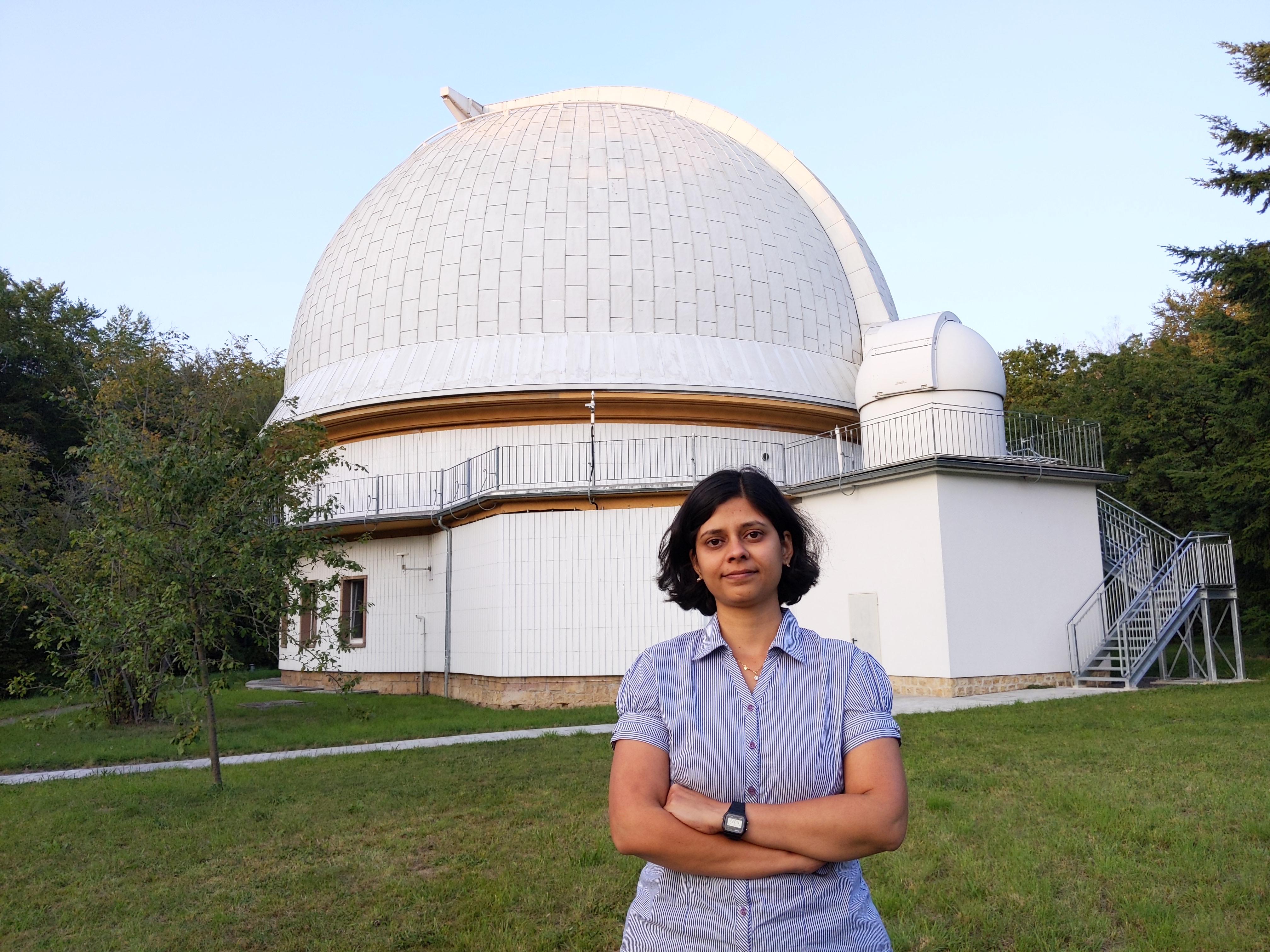EXOWORLD celebrates science on International Women's day
Written on March 8th, 2023 by Priyanka Chaturvedi
Annually the 8th of March is celebrated as the International Women’s day. Historically this day is being celebrated to highlight equal rights for women in all walks of life and draw attention and amendments towards the social disparity, violence and abuse that women suffer in a society. One might argue that there is little need to celebrate such a day in the twenty-first century given that women seem to be at par with men in nearly all fields. Nature has strived to acheive a balance by having a nearly 50-50 split of men and women on our beloved planet. However, when this comes to the professional front, we often see this ratio skewed with women being under represented in almost all the fields be it the corporate sector, sociology and politics, or even the STEM fields (science, technology, engineering and mathematics). Though the number of young girls seeking higher education has seen a sharp increase globally, women still make nearly one fourth of the STEM fields. The society and the environment surrounding us influence us the most. It is still a preception that STEM jobs are considered masculine and for women to have a career in these fields they should show considerable success as compared to their male peers. Often such sterotypes demotivate women to pursue a career in this field and they start quitting their jobs at various stages while ascending this ladder. Women are also considered to be the backbone of a family and in most cultures considered to be the primary care givers. According to a study by the Nature journal, nearly 40% of women quit their full time science careers or go part-time after having birth of their first child. This fraction is 23% when compared to fathers even if they have to cut down a few of their working hours. This statistics is drawn from North America and Europe that largely have developed countries having a gender sensitized parental leave system in place. The data is worse elsewhere. There is evidence to prove that in countries where women are encouraged to do science and maths and are made to believe that there are no biological differences that should stop them from excelling in research and education have more often opted a career in STEM fields. A lack of role models in the STEM fields also deter young girls to choose a career in STEM. While the situation surrounding us cannot be changed overnight, what we can offer as a society is to highlight the role of women in our vicinity who are engaging in STEM fields and making their mark. Astronomy and astrophysics is one of the oldest amongst the STEM fields. Since ancient times humans have been curious to know if other planets exist, how far they are and if these could hold any possibilities of life. The search for planets beyond our solar system has seen a surge of interest amongst the community in the past few years. This science has been pursued for nearly three decades with more than five thousands exoplanet detections. EXOWORLD is a project that consists of 12 partner institutes from 8 different countries to study the diversity of exoplanets. Secondments will be carried out by both early stage researchers and experienced researchers to achieve objectives in four aspects of exoplanet research: detection, characterisation, statistics and habitability. About one third of the EXOWORLD project scientists are women with the project being led by a woman herself. In order to celebrate this International Women’s day, let us meet the women scientists of the EXOWORLD project who are extraordinary in their ordinary ways.
Kristine Lam
I am Kristine Lam, a postdoc researcher from the Institute of
Planetary Research, German Aerospace Center (DLR). My research work involves
searching and characterising exoplanets using space-based photometry from the TESS
and CHEOPS missions, as well as ground-based radial velocity facilities such as
HARPS and HARPS-N (in collaboration with the KESPRINT consortium) to measure the
masses of exoplanets and characterise planetary systems. I am particularly
fascinated by exoplanets in the so-called Ultrashort-period (USP) regime where
planets have orbital periods of less than one day. These planets orbit in extreme
close proximity to their host stars and are exposed to a significant amount of
stellar irradiation which could result in their atmosphere’s being completely
stripped off. By inferring the compositions of USP planets, I want to understand
their origin, how they have evolve, and to learn what kinds of environments they
have.
Prior to joining DLR, I pursued my PhD at the University of Warwick where I worked
on detection and characterisation of exoplanets using data from the Wide Angle
Search for Planets (WASP) survey and K2 mission, as well as characterising
evaporating, close-in exoplanets.

Marina Cano Amoros
Hi! I am Marina Cano Amoros. I work as a PhD student at the DLR (German Aerospace
Center) in Berlin, Germany. Whilst my PhD project focuses on the interior modelling
of Uranus, Neptune, and similar exoplanets, as part of the EXOWORLD project, I will
be studying exoplanet GJ486b. This planet is a terrestrial one that orbits an
M-dwarf star and seems to be a promising candidate for detecting an atmosphere.
Exoplanet atmospheres are usually characterized by a technique known as “transit
spectroscopy.” This technique involves observing a star as a planet passes in front
of it, or “transits.” The planet’s atmosphere absorbs some of the star’s light, and
by analyzing the unique “fingerprint” left in the light, known as its “spectrum,” we
can decipher the composition of the atmosphere, as well as other properties such as
temperature, pressure, and the presence of certain molecules like water. The idea
behind this project is to study GJ486b’s atmosphere by analyzing the spectra
obtained from ESPRESSO, a spectrograph on the European Southern Observatory’s Very
Large Telescope (VLT) in Chile.
Before pursuing my PhD, I completed my Master’s in Astrophysics at
Ludwig-Maximilian-Universität in Munich and earned my Bachelor’s in Physics from
Imperial College London. Since starting my Physics degree, I knew I wanted to work
in astronomy. It is a passionate field, and I encourage anyone who is interested in
it to give it a try; you will love it!

Zuzana Balkoova
I started my scientific journey on one university, where I got my
bachelors degree in physics, then I went to a second university to get a
masters degree in astronomy and astrophysics, and finally I went to a
third university, where I started just this school year, to work on my
PhD. Why did I even decide to lead my life this way? Simply because I
had no other idea what to do after the secondary school, so I thought
I’d return to my childhood interest, which was astronomy. So far I was
quite successful with my studies, currently I’m working on exoplanets
and hoping that one day I may actually contribute to the scientific
community.
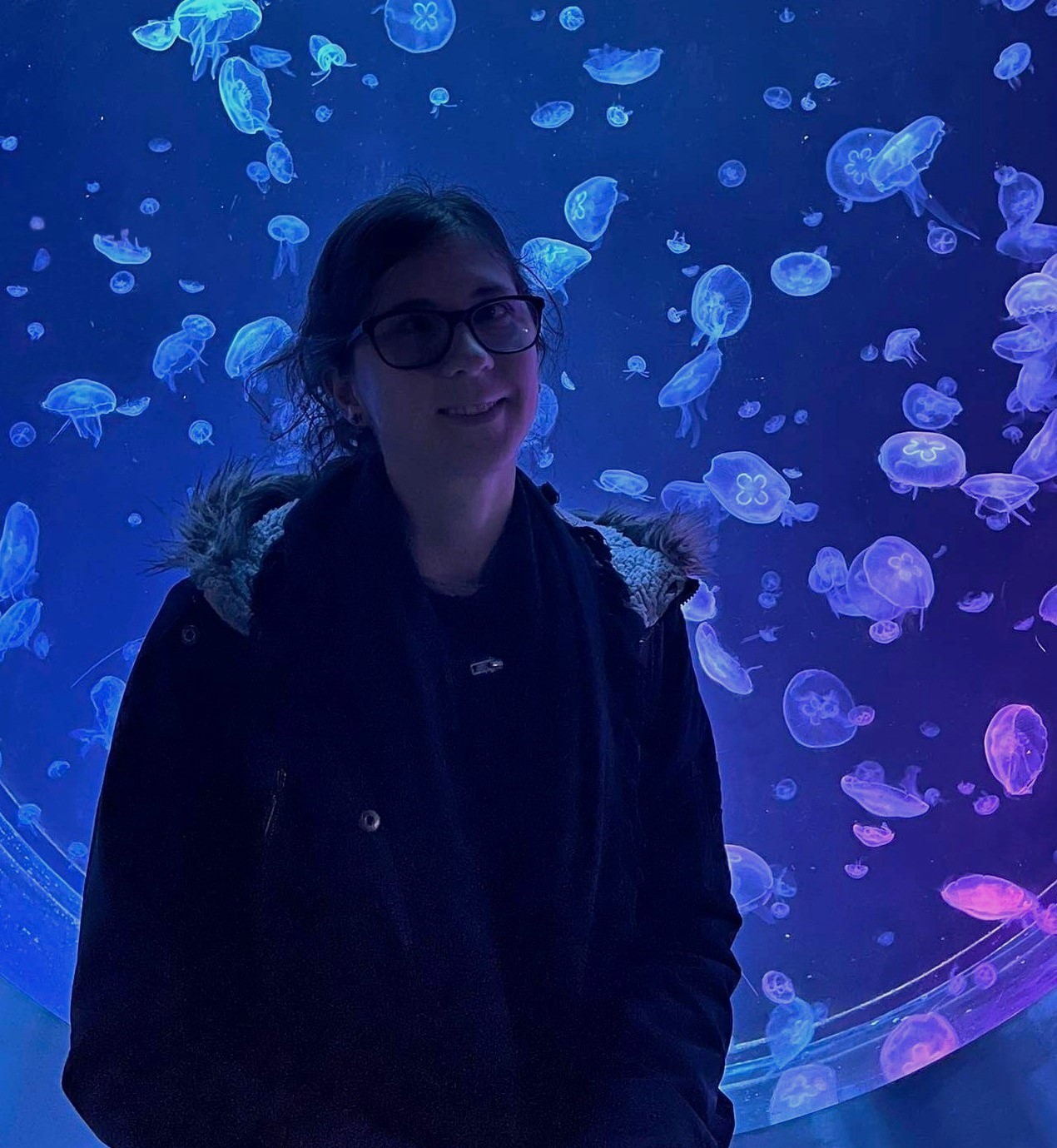
Elisa Goffo
I am Elisa Goffo and I am a PhD student at the University of Torino, Italy,
and at the Thuringer Landessternwarte, Tautenburg, Germany.
I completed my Bachelor and Master degree at the University of Torino and I
am currently in the last year of my PhD.
The goal of my thesis is to search for exoplanets with high-resolution
spectrographs, like HARPS and CARMENES, and space based telescopes, like
TESS, using the radial velocity and the transit method, in order to
characterise the planets and unveil the architectures of the planetary
systems.
I am also a member of the KESPRINT and CARMENES consortia.
I always wanted to be a scientist and I am grateful for the opportunity to
work and live my passion daily.
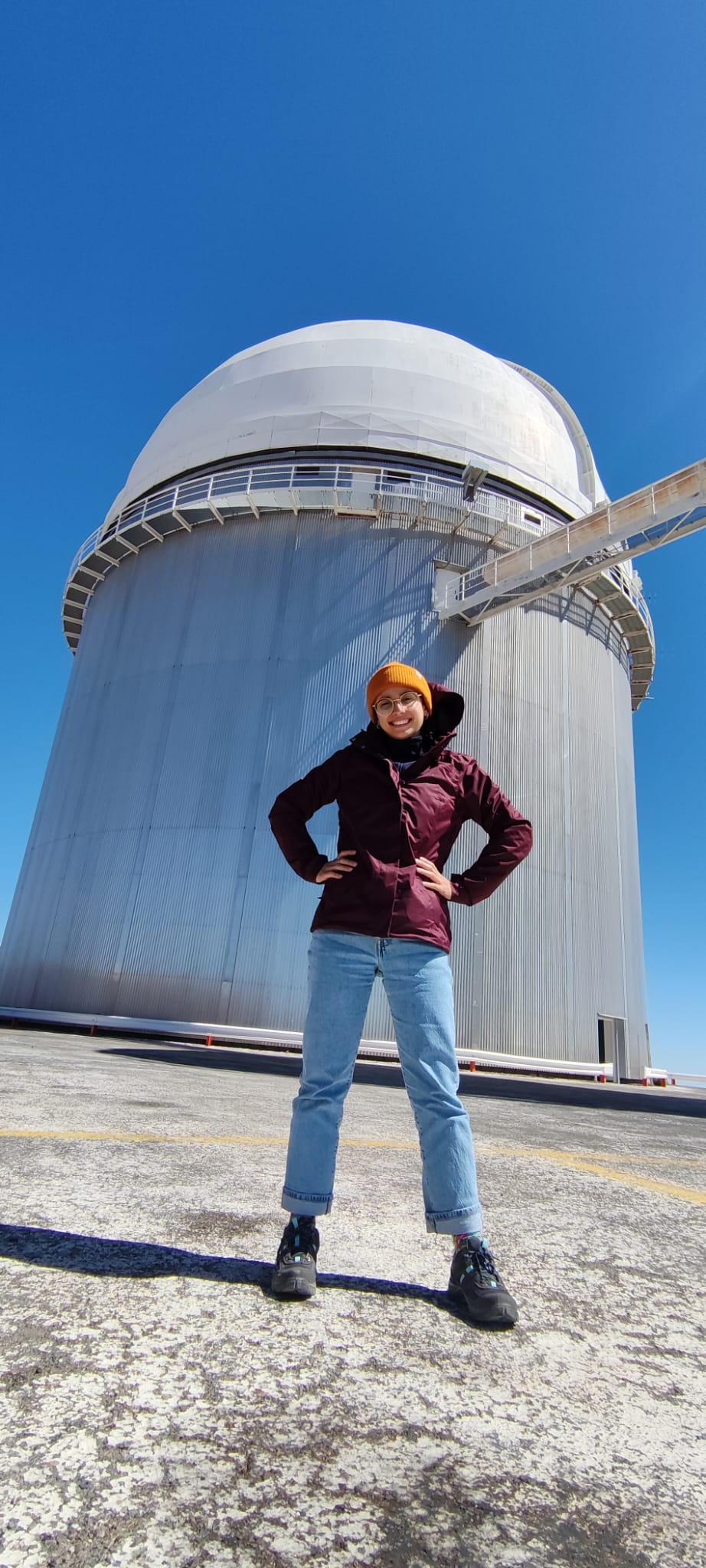
Judith Korth
I am Judith Korth, a researcher working as a postdoctoral fellow at Lund University in Sweden. My research focuses on the characterization of exoplanet systems to explore their dynamics and orbital architectures
using radial velocity and transit observations. My main research topic
for the last years has been the characterization of extrasolar planetary
systems using transit timing variations. On this topic, I also wrote my Ph.D. at the University of Cologne, which I completed in 2020. For the study of transit timing variations, I use mainly space-based transit data from the TESS mission and ground based transit data observed with instruments like MuSCAT2 installed at TCS in Teide observatory, ALFOSC installed at the NOT at La Palma observatory. Furthermore, I also use transit data from a global network called Las Cumbres Observatory which
has telescopes around the world. My postdoctoral research started in Sweden in 2021, at the Chalmers University of Technology in Gothenburg with a career grant from the Swedish National Space Agency. I studied the architecture of extrasolar
planetary systems via transit timing variations and radial velocity measurements. I continue my postdoctoral research in Sweden but moved to another place, Lund. I work at Lund University and I widen my main
research from the dynamics of exoplanetary systems to the evolution of
white dwarf planetary systems.
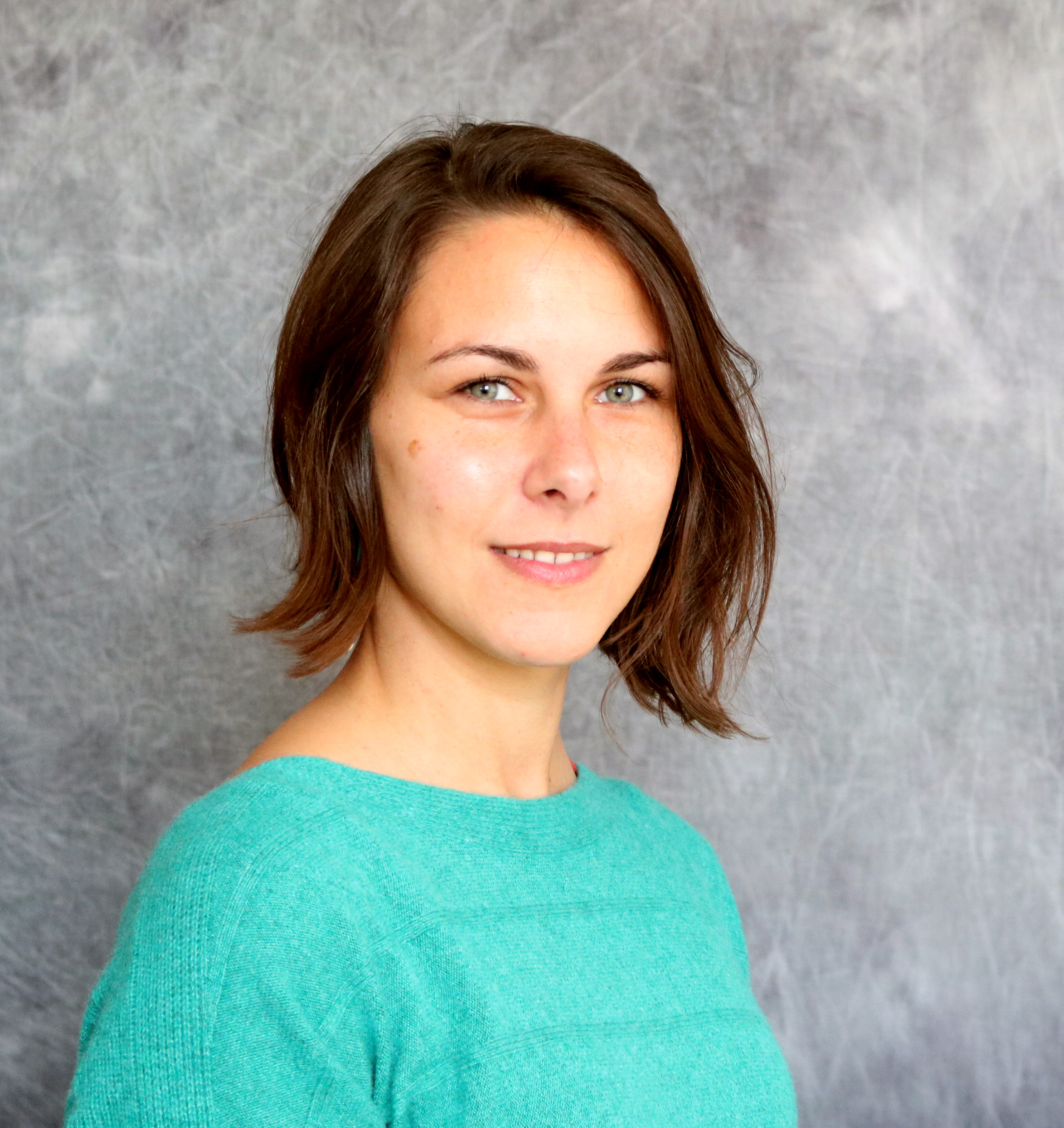
Lia Marta Bernabò
I am Lia Marta Bernabò, a PhD student at DLR, in Berlin, Germany. I come from Florence, Italy, where I studied Physics. I then moved to Padova for my master. Back then I worked on protoplanetary discs, in particular the process of dust rejuvenation. It appears in discs when the first giant planets form and excite the orbits of the protoplanets. The latter acquire high velocities and start moving in eccentric orbits, leading to more frequent collisions and therefore injection of second-generation dust. For my PhD, my interest moved to exoplanets. In particular, I study the interior structure of exoplanets. I work between theory and observations. I apply the theory of tidal interaction in a system of binary stars to exoplanetary systems with a close-in planet, by changing the second star into a planet. I study how the planetary orbit changes due to tidal interaction and we measure the rate of this
change in RVs. The basic idea is that the shape of for example a giant gaseous
planet is deformed differently - and so its orbit with a different rate - from a
rocky one, therefore we can give a hint on the interior of exoplanets.
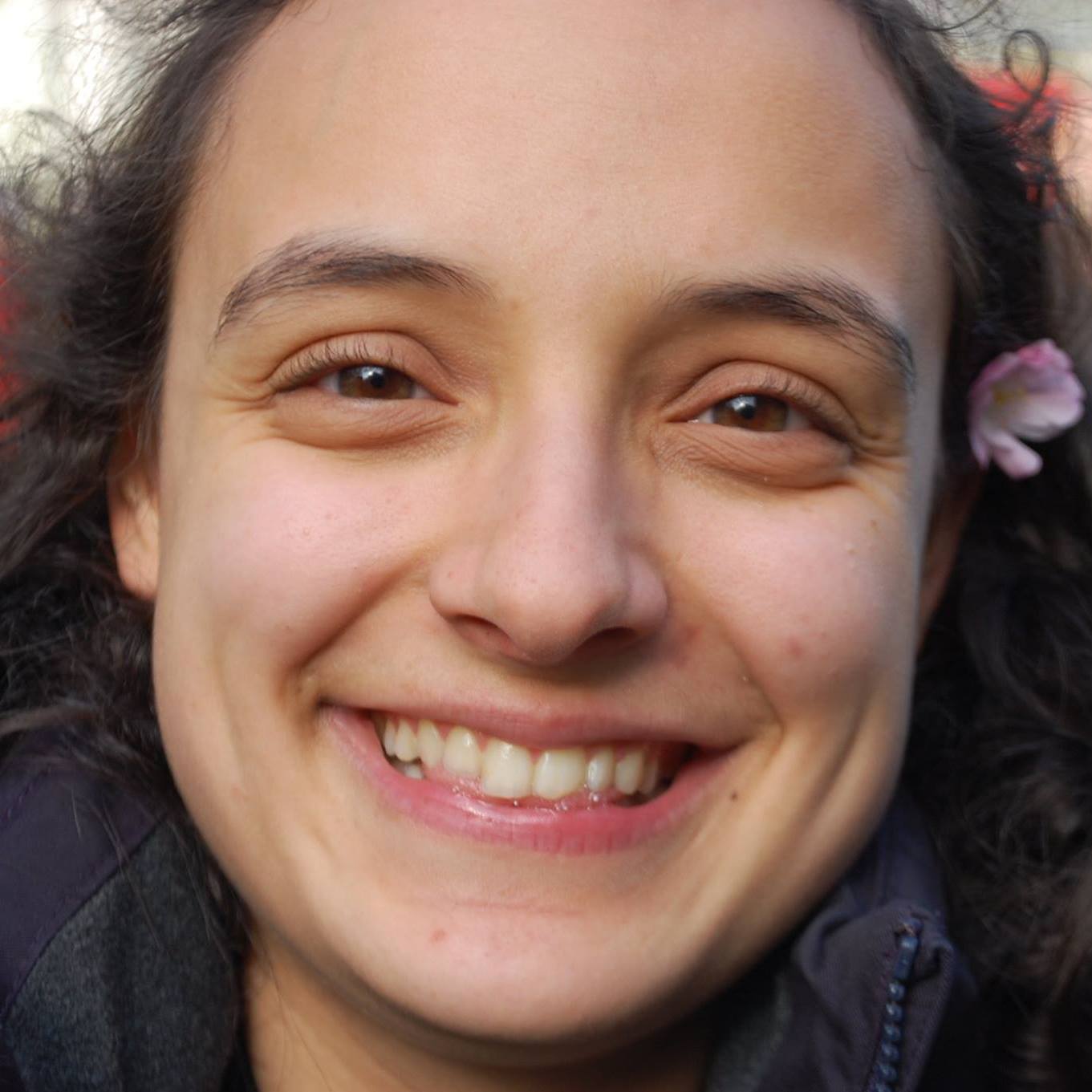
Marie Karjalainen
I am Marie Karjalainen and I have been fascinated by astronomy already in
my early childhood. Throughout my research career, my passion have been
extrasolar planets. In my PhD, defended in 2009 at the Charles University in Prague,
I used radial velocity and transit methods to characterise extrasolar
systems. Since 2010 I lead a long-term radial velocity program to search for planets
around red giant stars that were observed also by the Kepler space mission.
In 2006 and 2007, during my PhD studies, I worked as a student support
astronomer at the Isaac Newton Group of Telescopes on La Palma, Canary Islands. In
2009 and 2010 I was a postdoctoral researcher at the Thueringer Landessternwarte
Tautenburg, Germany, where I was also studying oscillations in red giant stars. Since
2011 to 2018 I worked again at the Isaac Newton Group of Telescopes on La Palma,
this time as a support astronomer. In 2019 and 2020 I worked on La Palma for the
Major Atmospheric Gamma Imaging Cherenkov. Currently, I am a researcher at the
Astronomical Institute of the Czech Academy of Sciences in Ondrejov, Czech Republic. I
devote most of my research time to exoplanets, and curiosity leads my way.
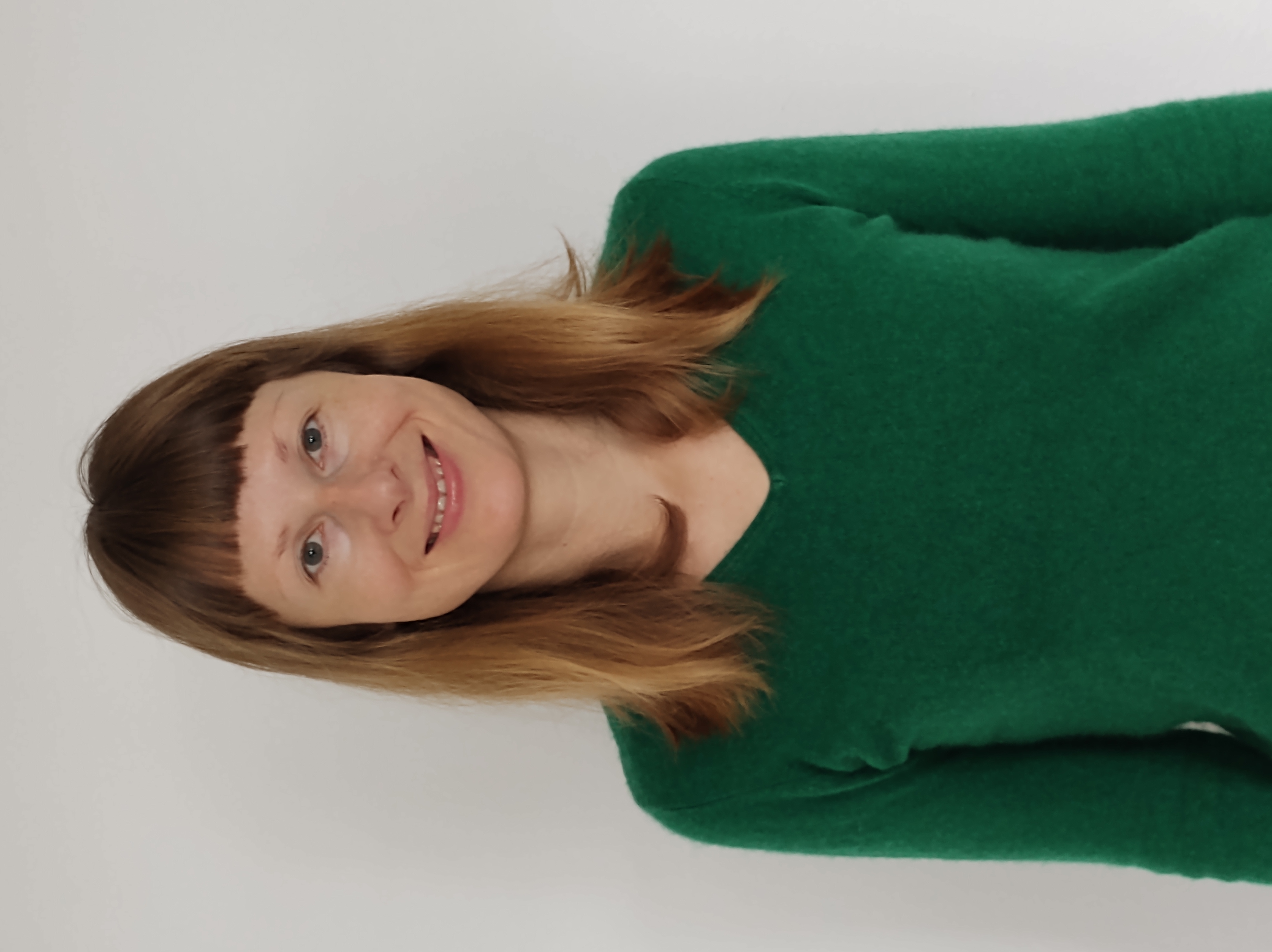
Michaela Vítková
I am Michaela Vítková, currently doing my PhD at Masaryk University in
Brno, Czech Republic. The topic of my research is exoplanets and
primarily I focus on studying Hot Jupiters and their role in
multi-planetary systems.
I did my bachelor’s and master’s degree at Masaryk University too. My
whole study revolved around exoplanets, which soon caught my attention
after starting university. Firstly I got familiar with the transit
method and for my master’s thesis, I worked with the radial velocity
method. In the first 4 months of my PhD, I had an opportunity to stay at
European Southern Observatory in Garching, Germany.
Now I am part of the Exoplanet Group at the Stellar Department of the
Astronomical Institute of the Czech Academy of Sciences in Ondřejov.
My research journey has just begun, and I am grateful for the
opportunity that was given to me and the possibilities yet to come.
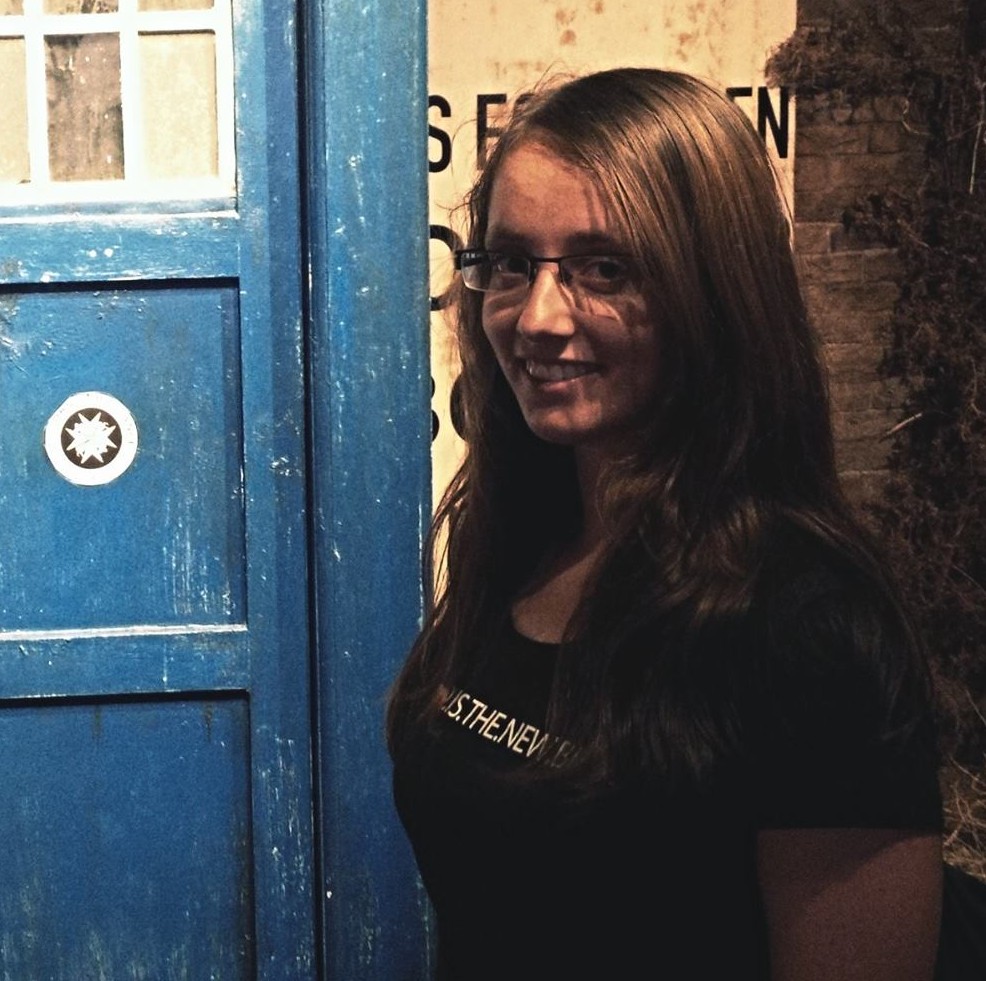
Priyanka Chaturvedi
I am Priyanka Chaturvedi currently working as a postdoctoral researcher at
Thuringer Landessternwarte, Tautenburg, Germany. I search exoplanets with
the radial velocity and transit method and study the orbits of these
exoplanetary systems in our galaxy. I use high-resolution spectrographs
like CARMENES and HARPS for radial velocity studies and space based
satellites like TESS for transit studies to characterize exoplanets. I
have done my education from India.
I completed my PhD from Physical research laboratory, Ahmedabad a unit of
Indian Space research organization, in the year 2016. In my PhD I worked
on the mass-radius discrepancy of low mass stars and contributed to 25%
additional samples to the existing database of low mass stars. After
spending a year of postdoc at Tata Institute of Fundamental research, in
Mumbai, I moved to Germany at Thuringian State Observatory in Tautenburg
in the year 2018 to work with the CARMENES consortium. CARMENES is a
spectrograph designed to search for habitable planets around low mass and
cool M dwarfs. I also work together with an international team of
astronomers around the world under the KESPRINT consortium banner. I love
to talk about science and have given many popular level talks on astronomy
to school and young university students largely within the Indian
community. I had always dreamt to be an astronomer since my school days
and I am happy to be paid for what I love.
